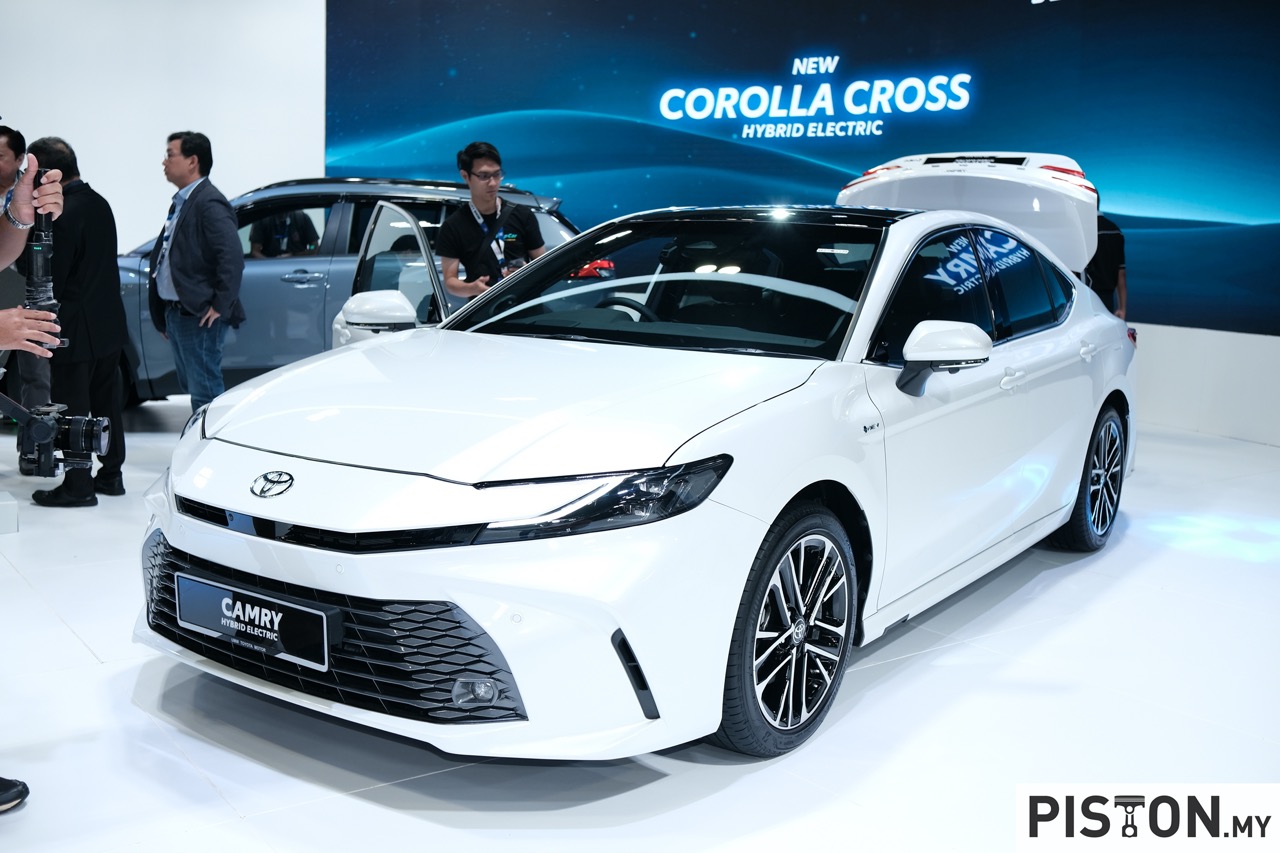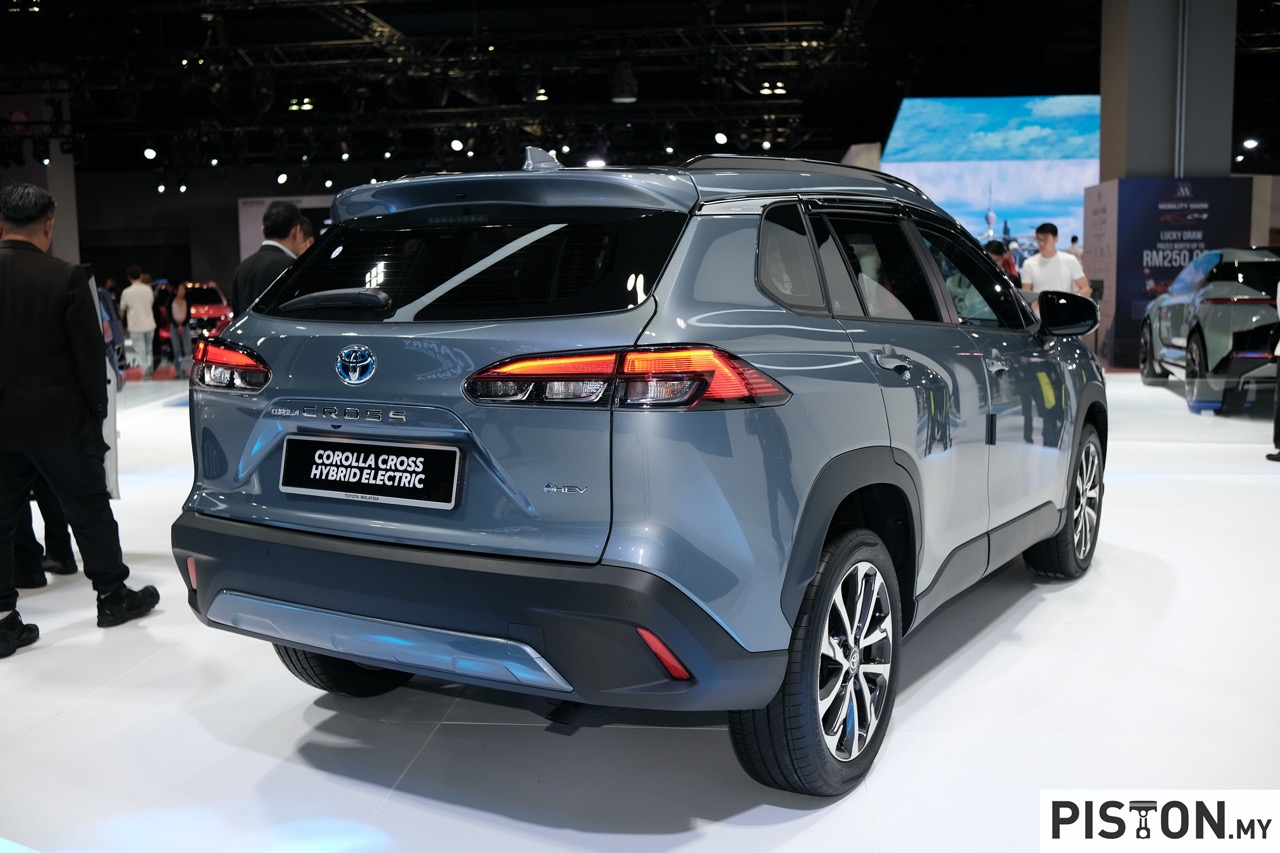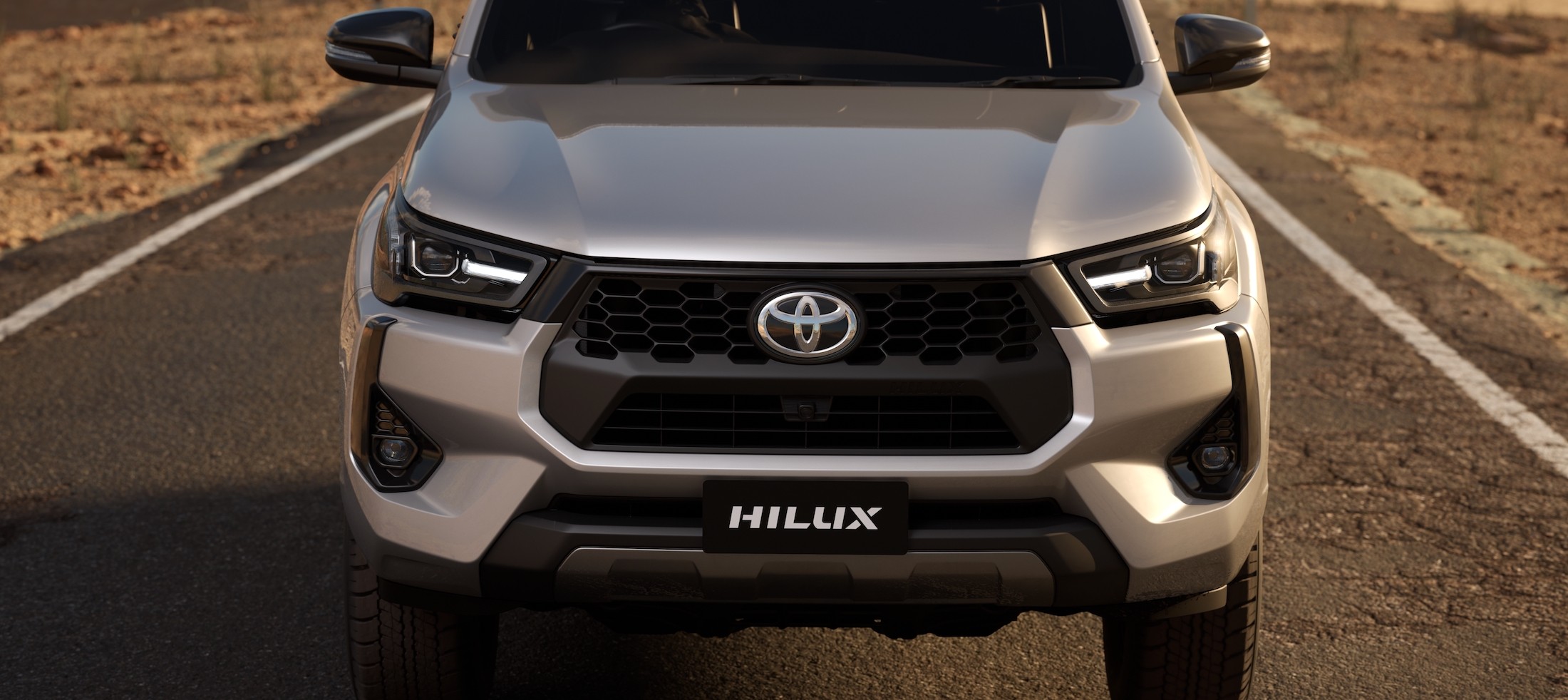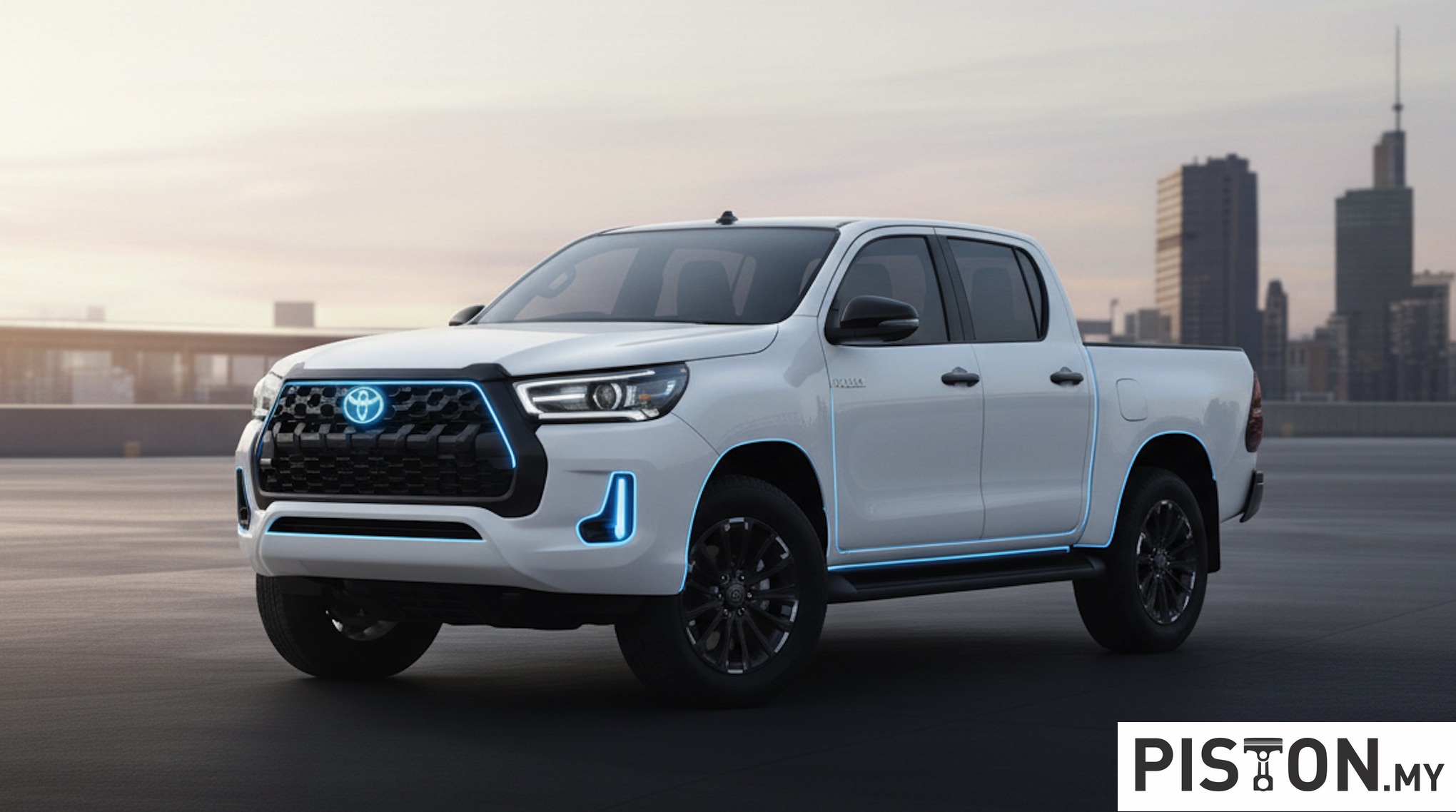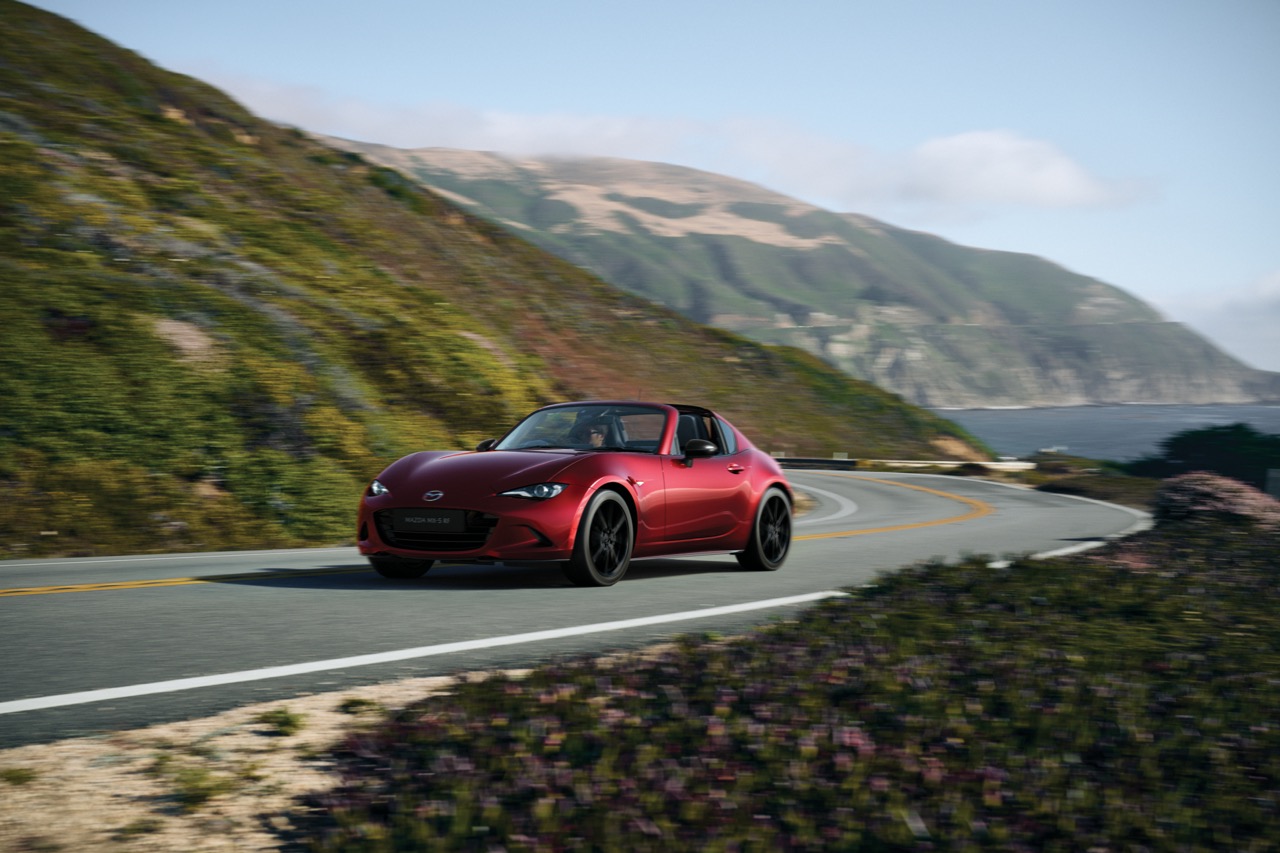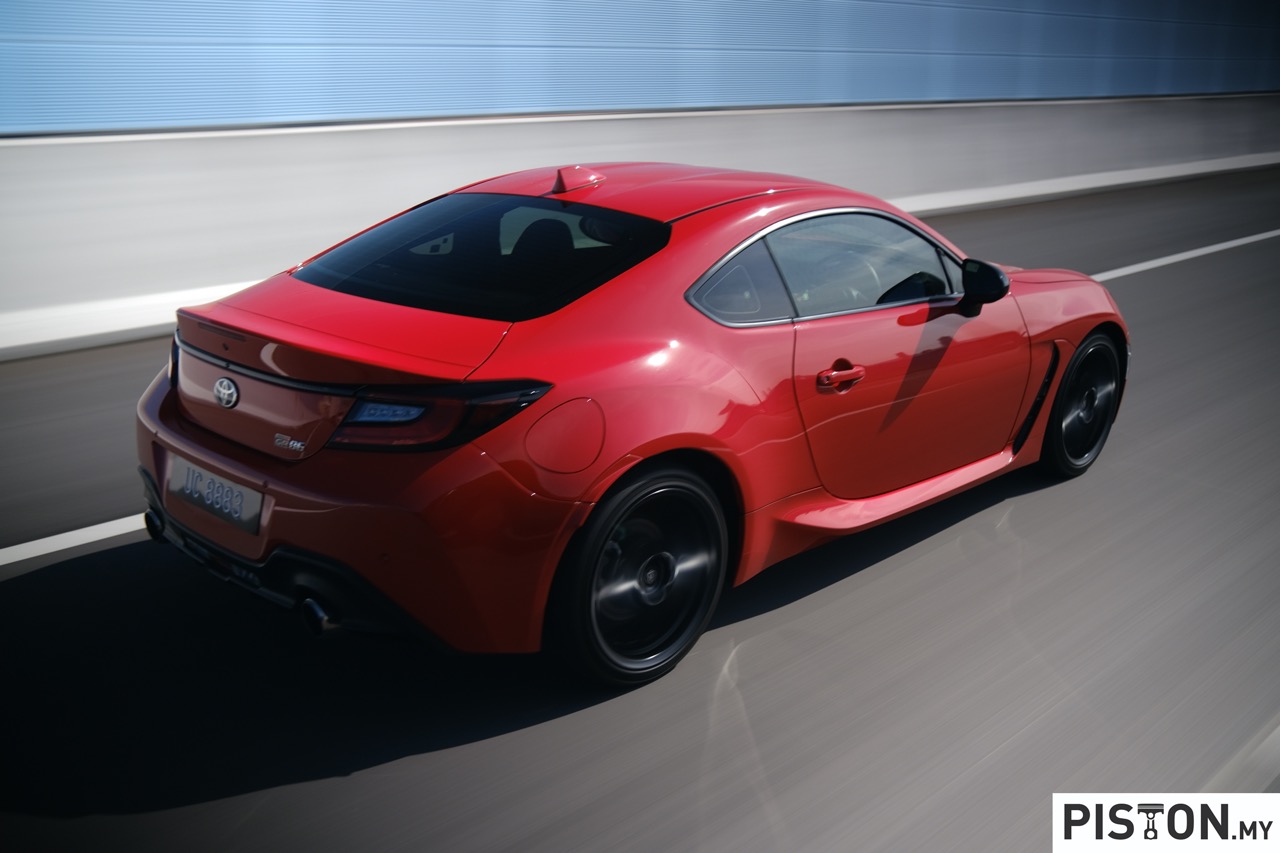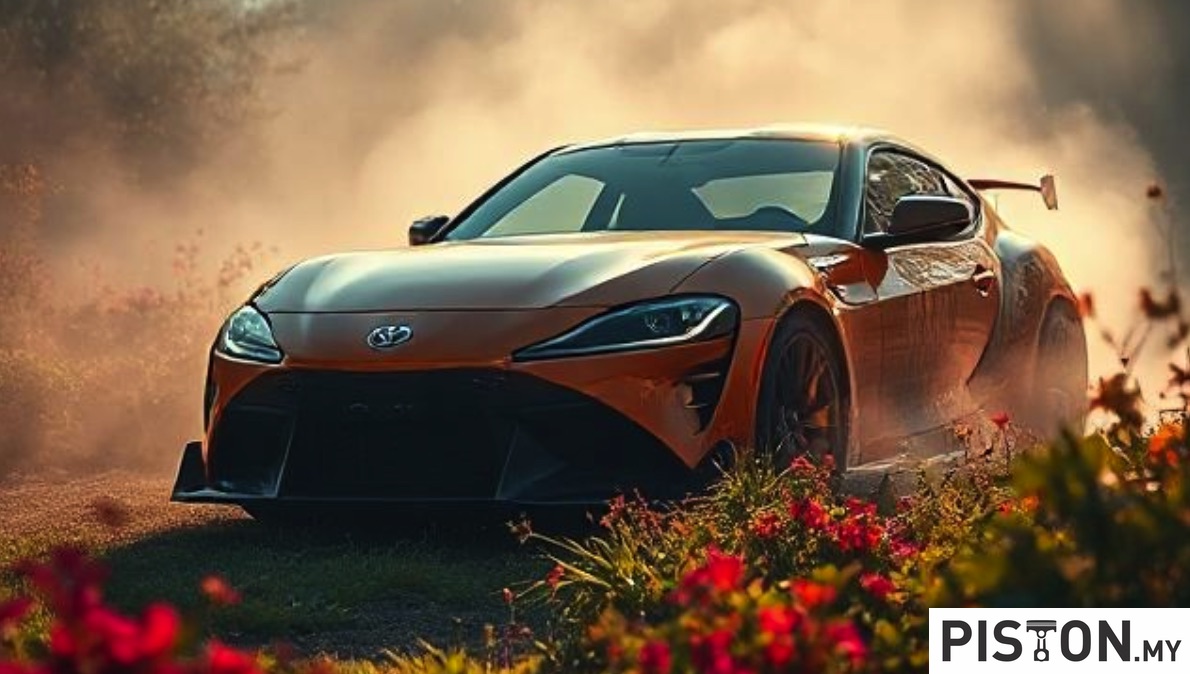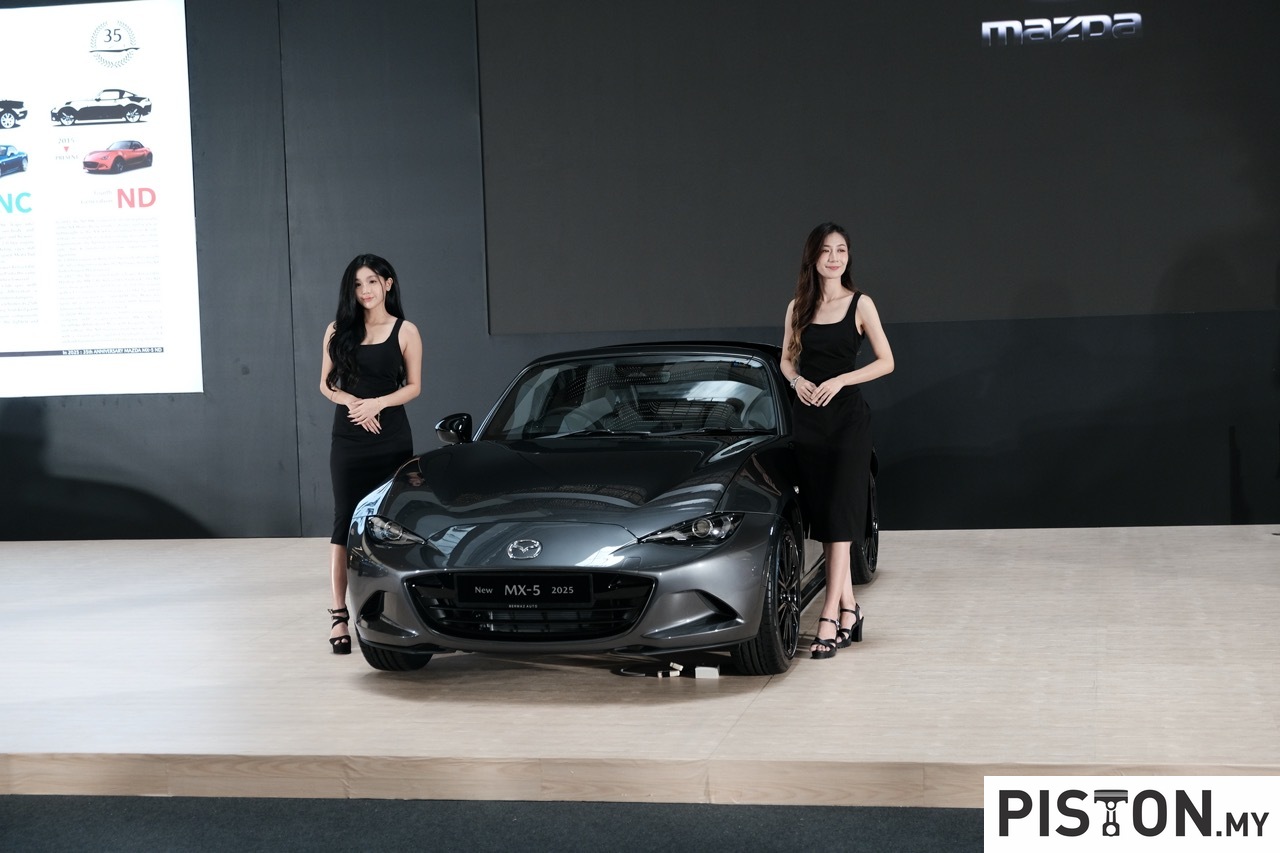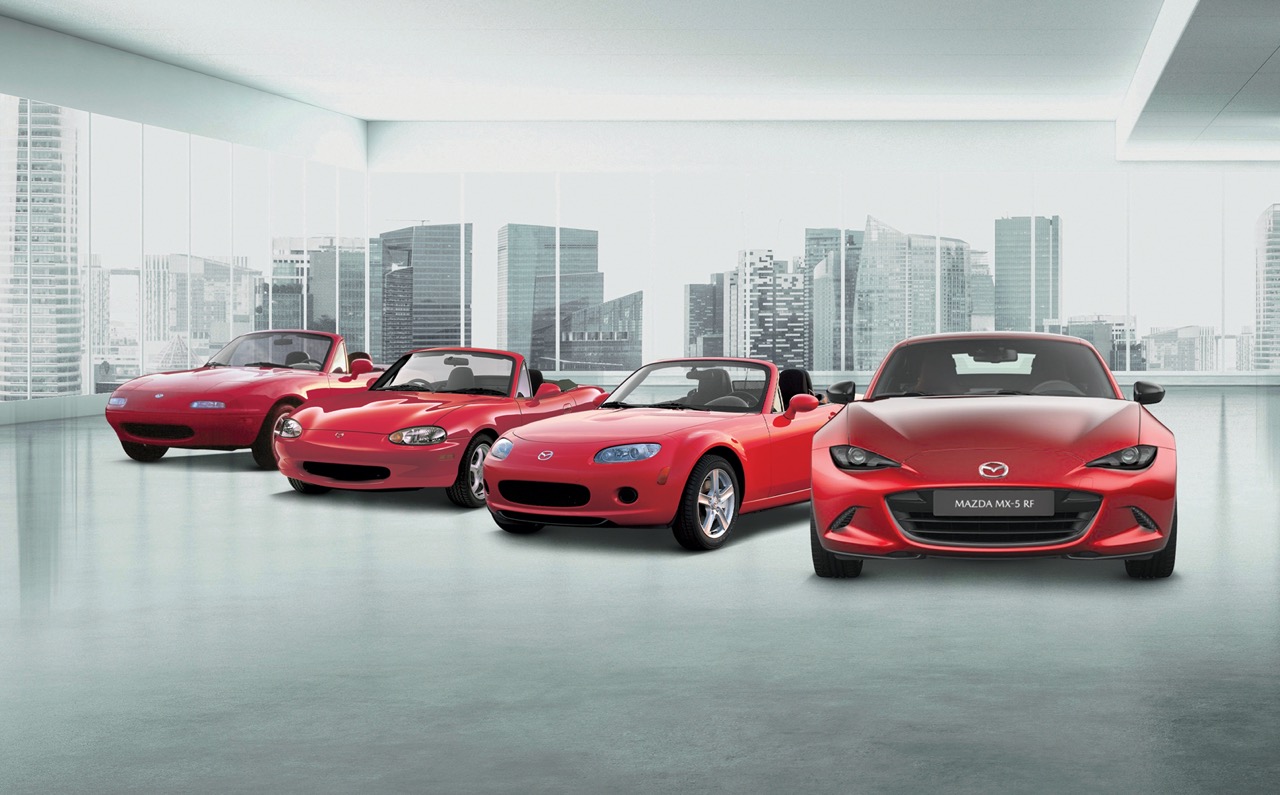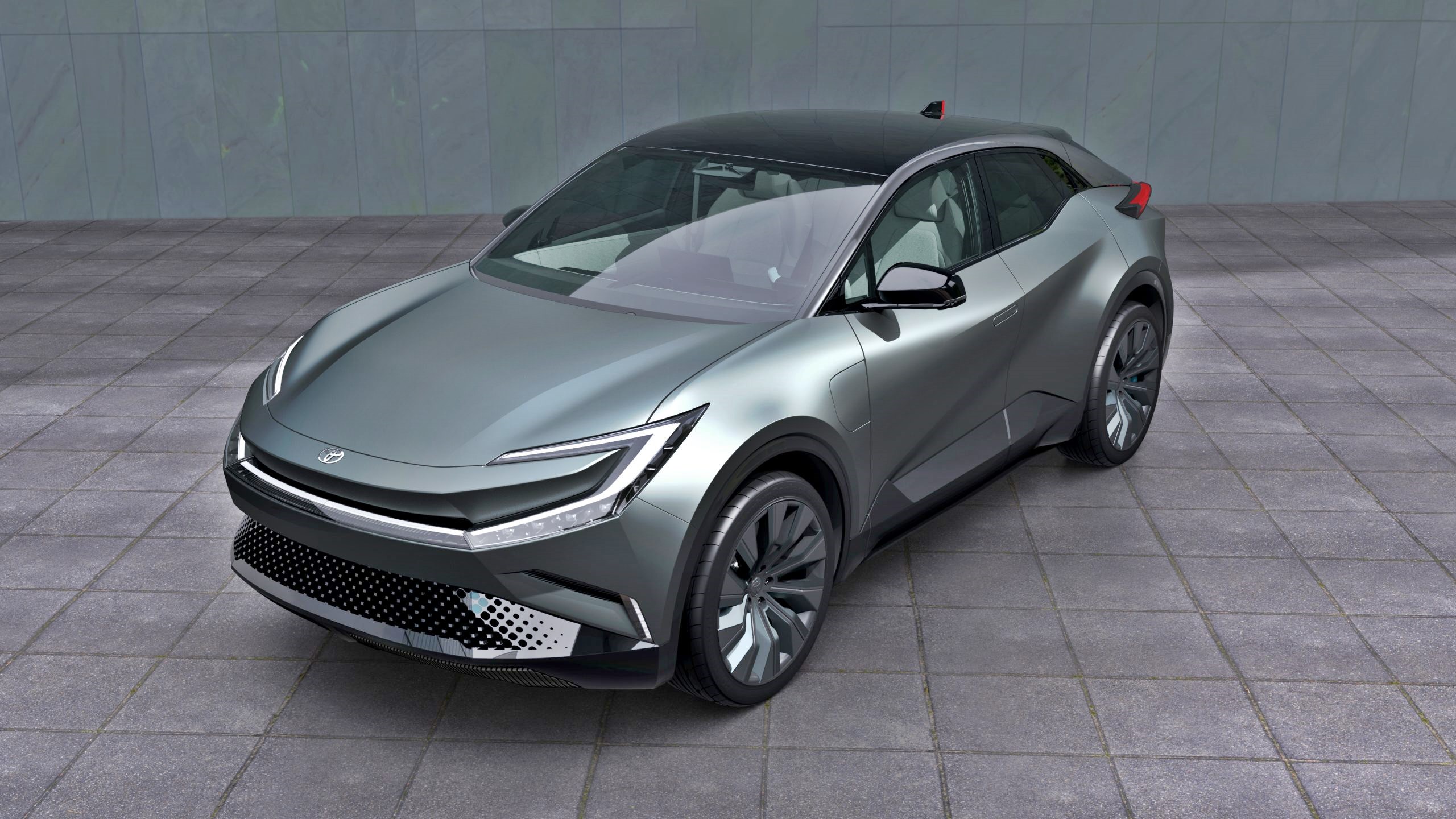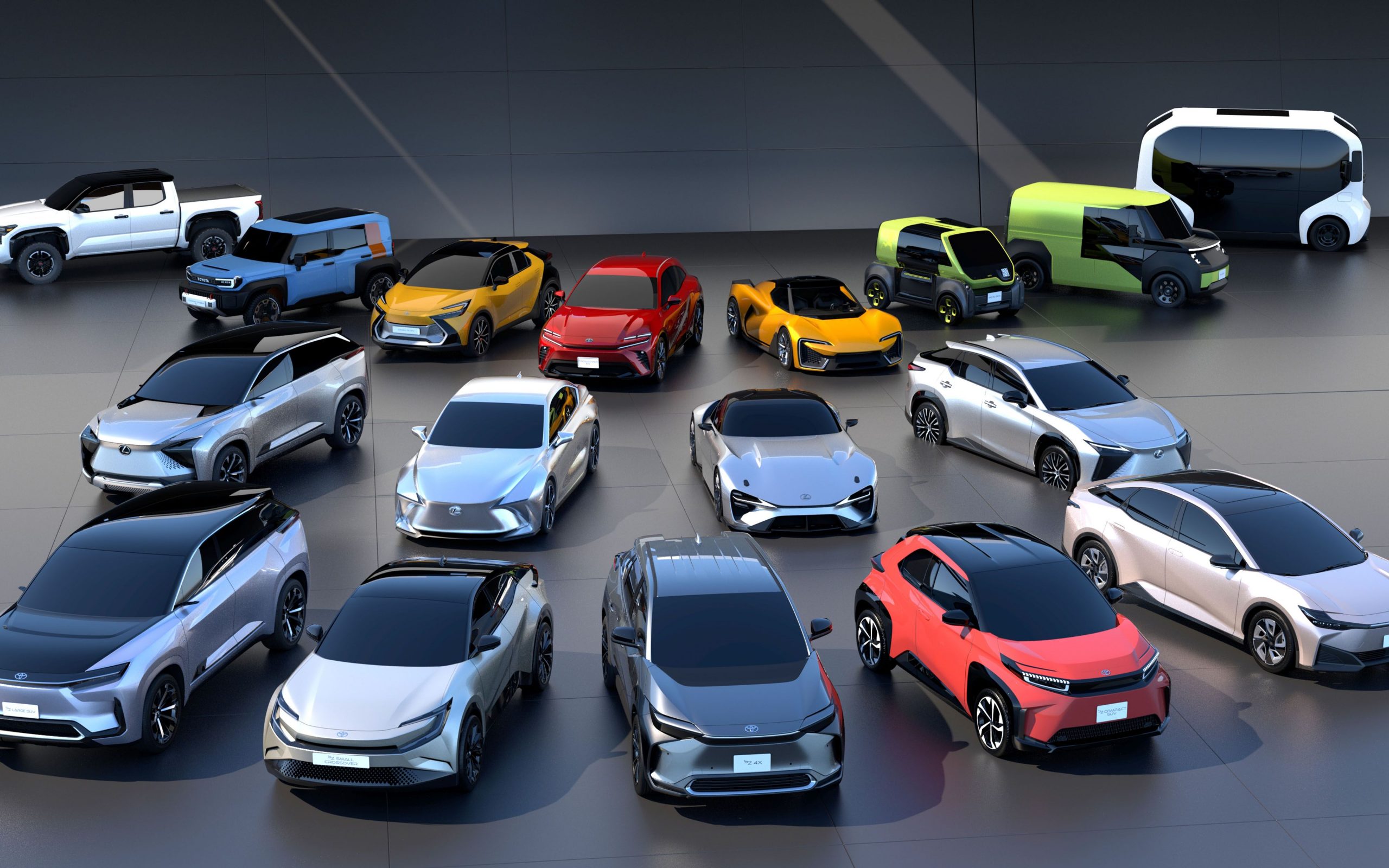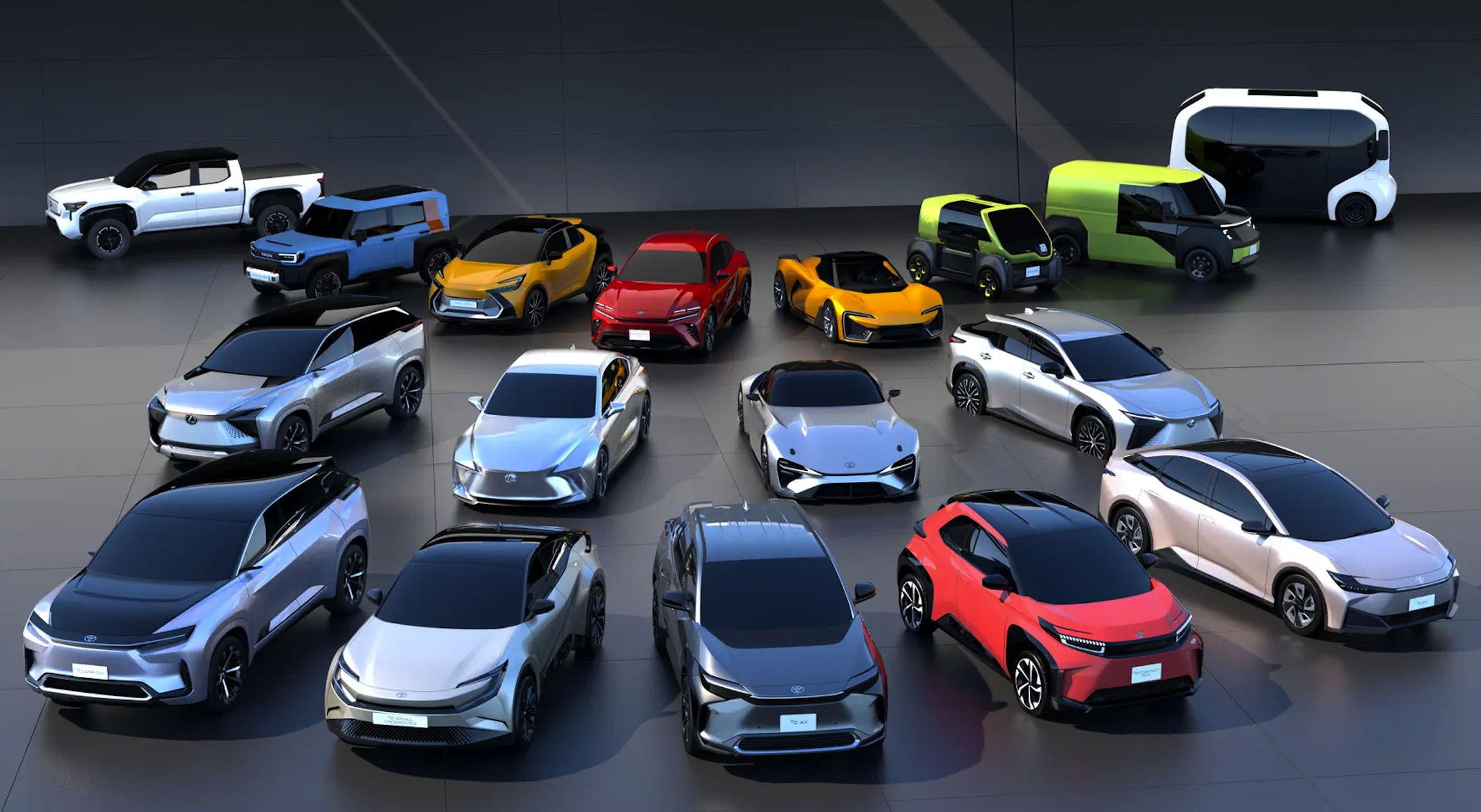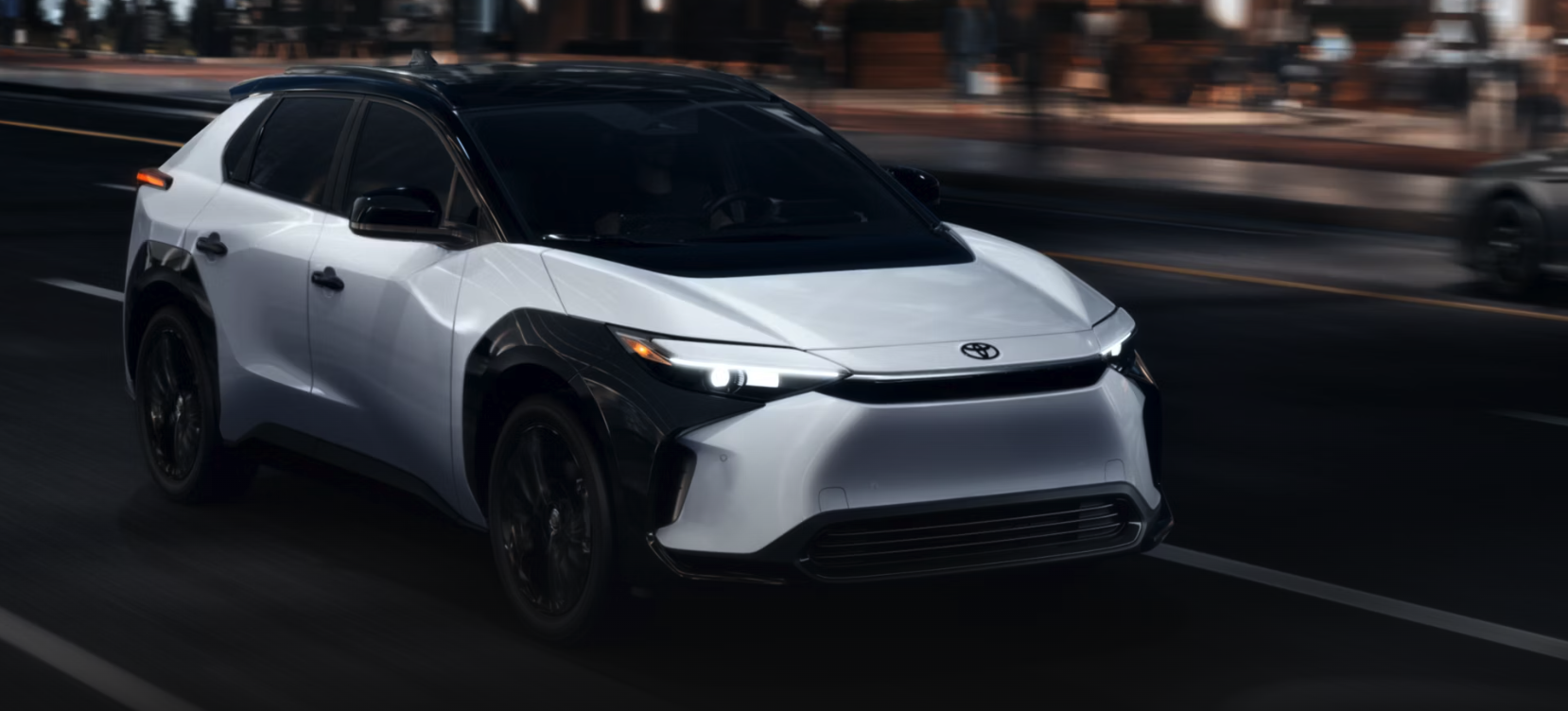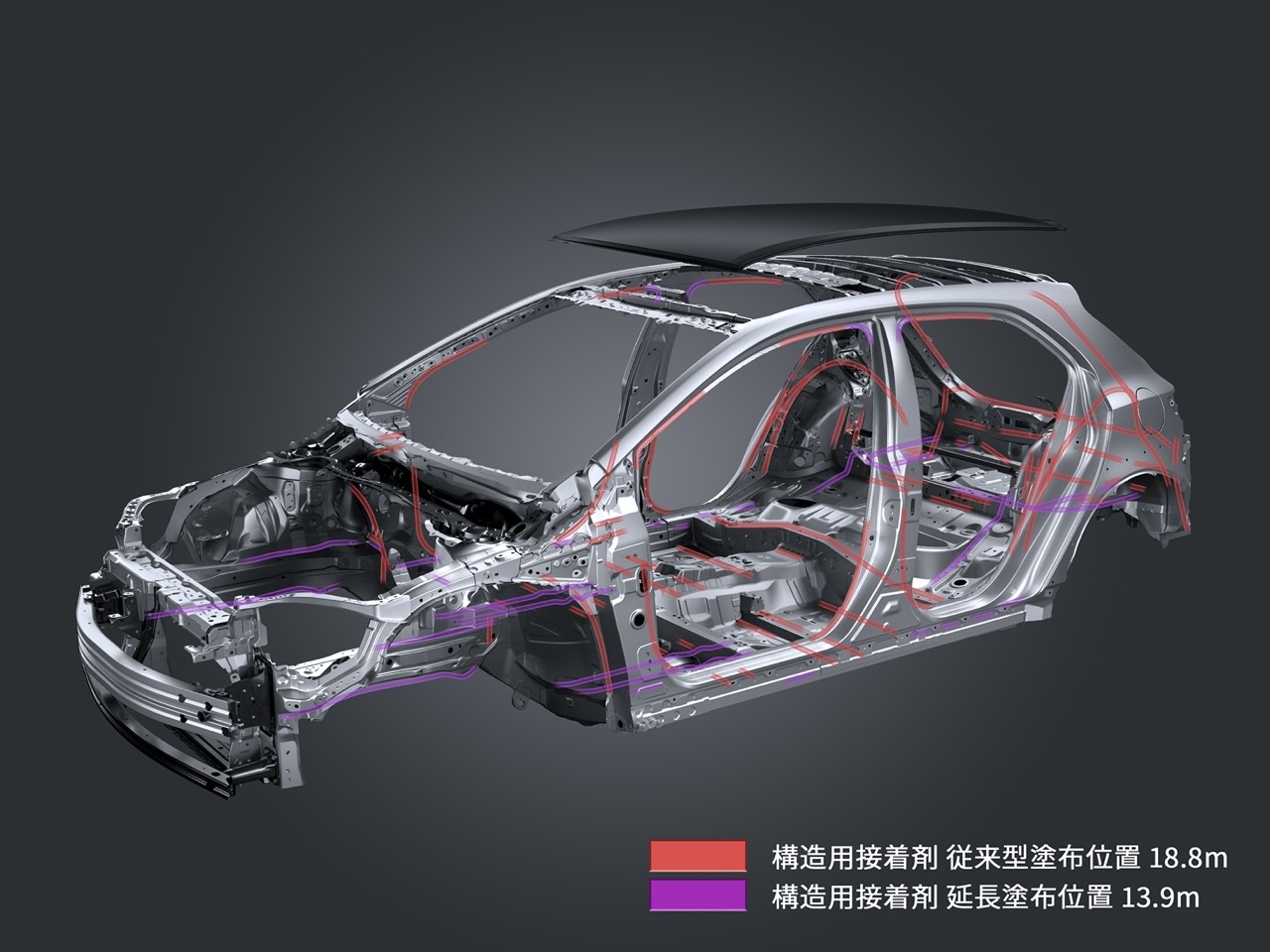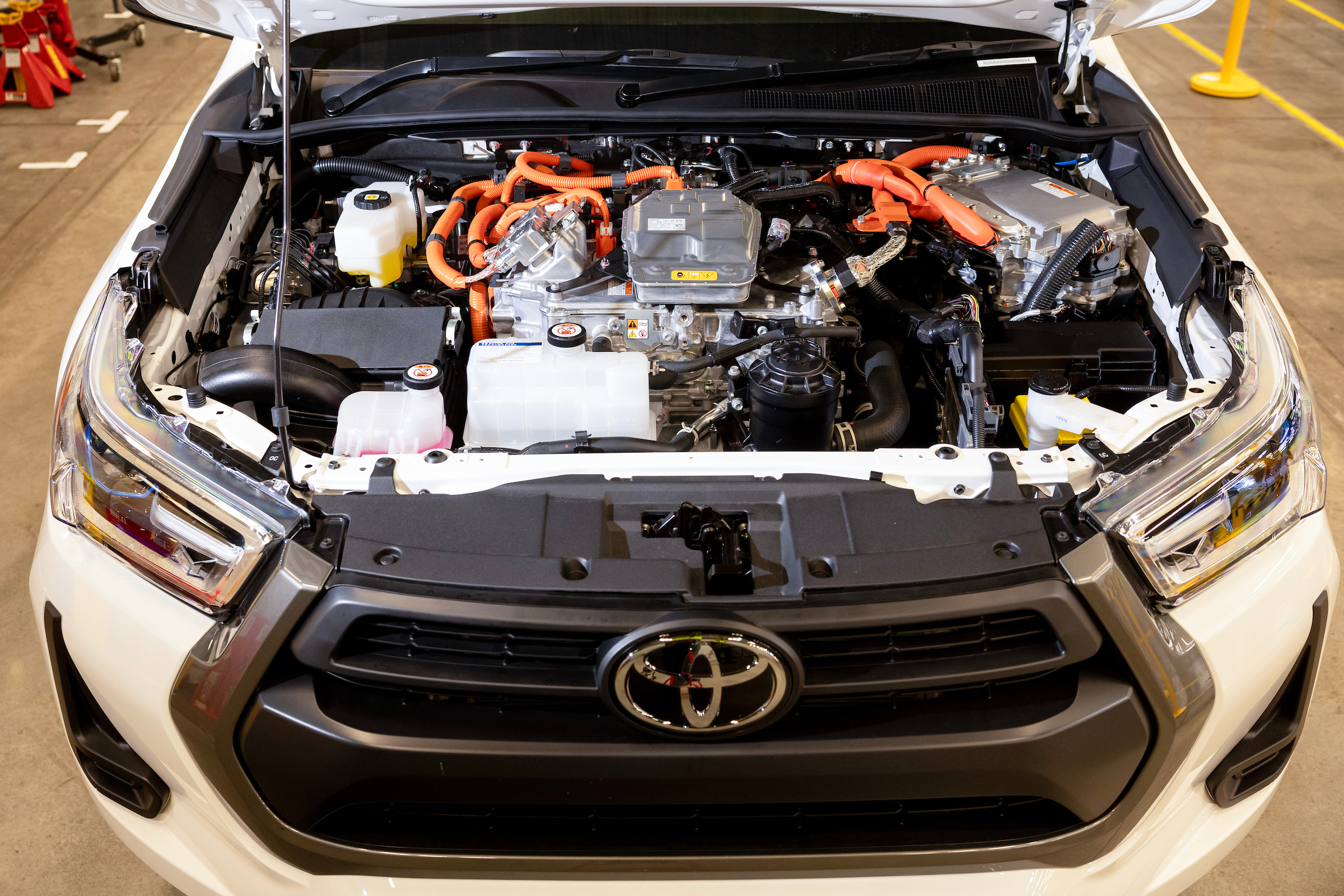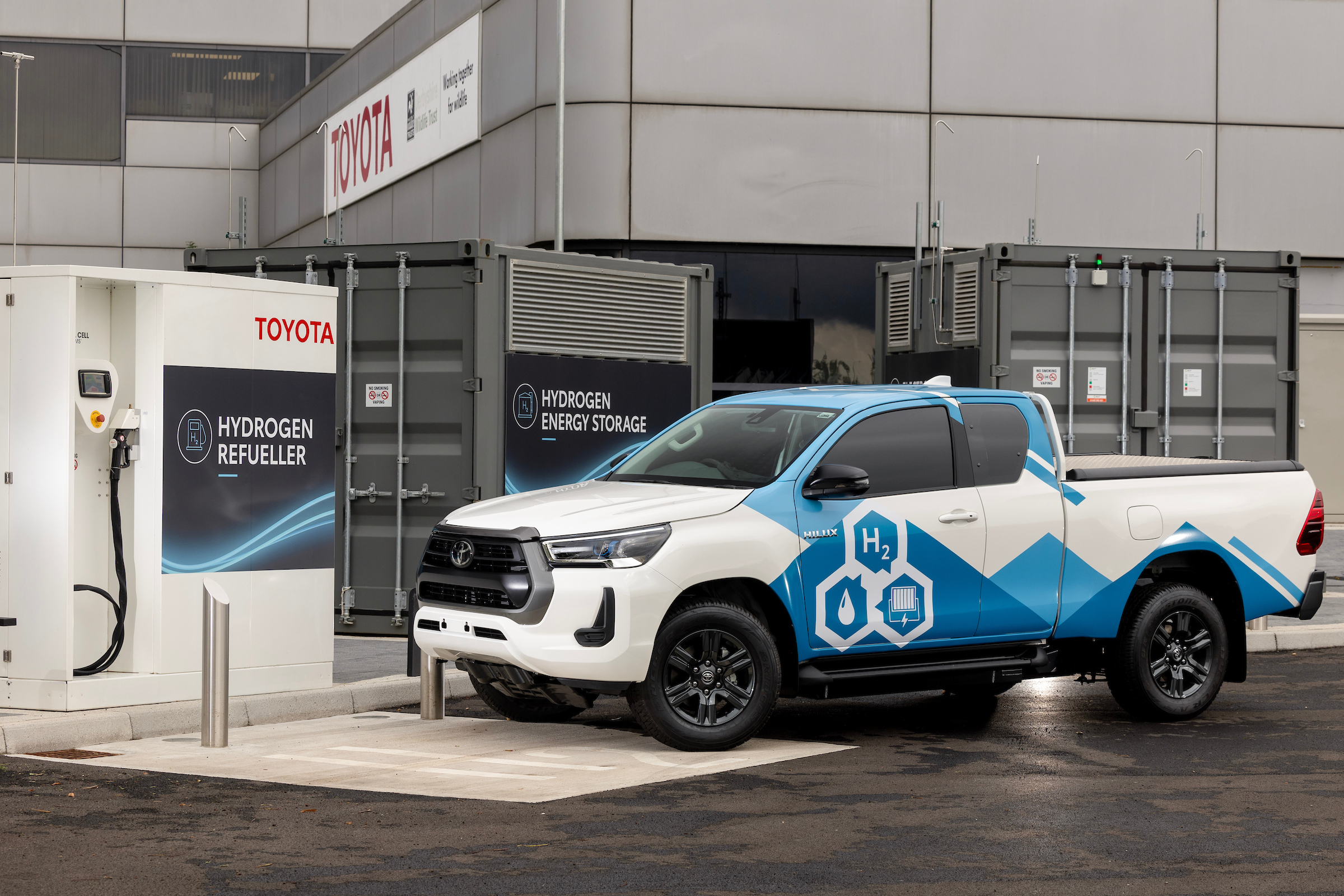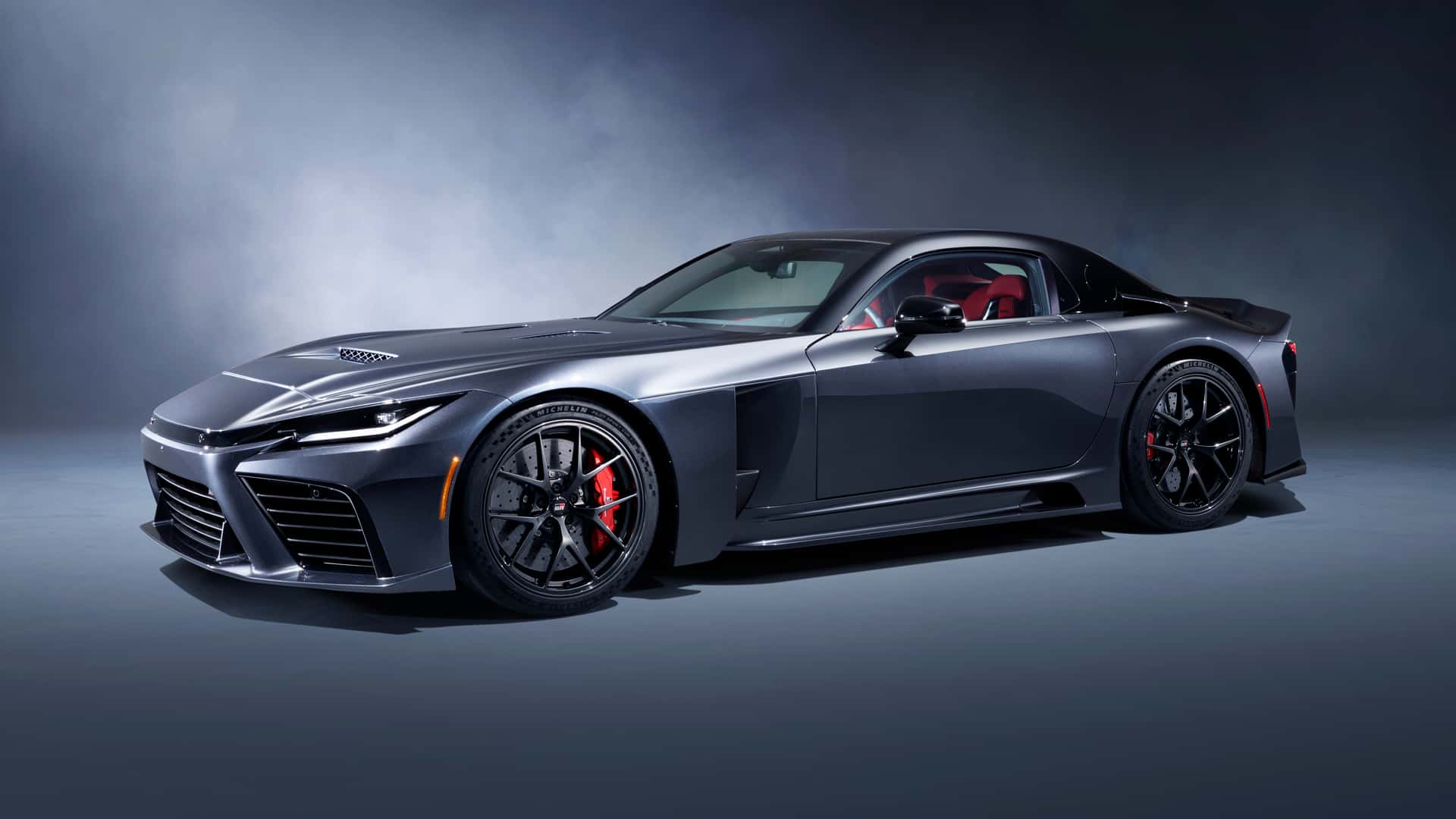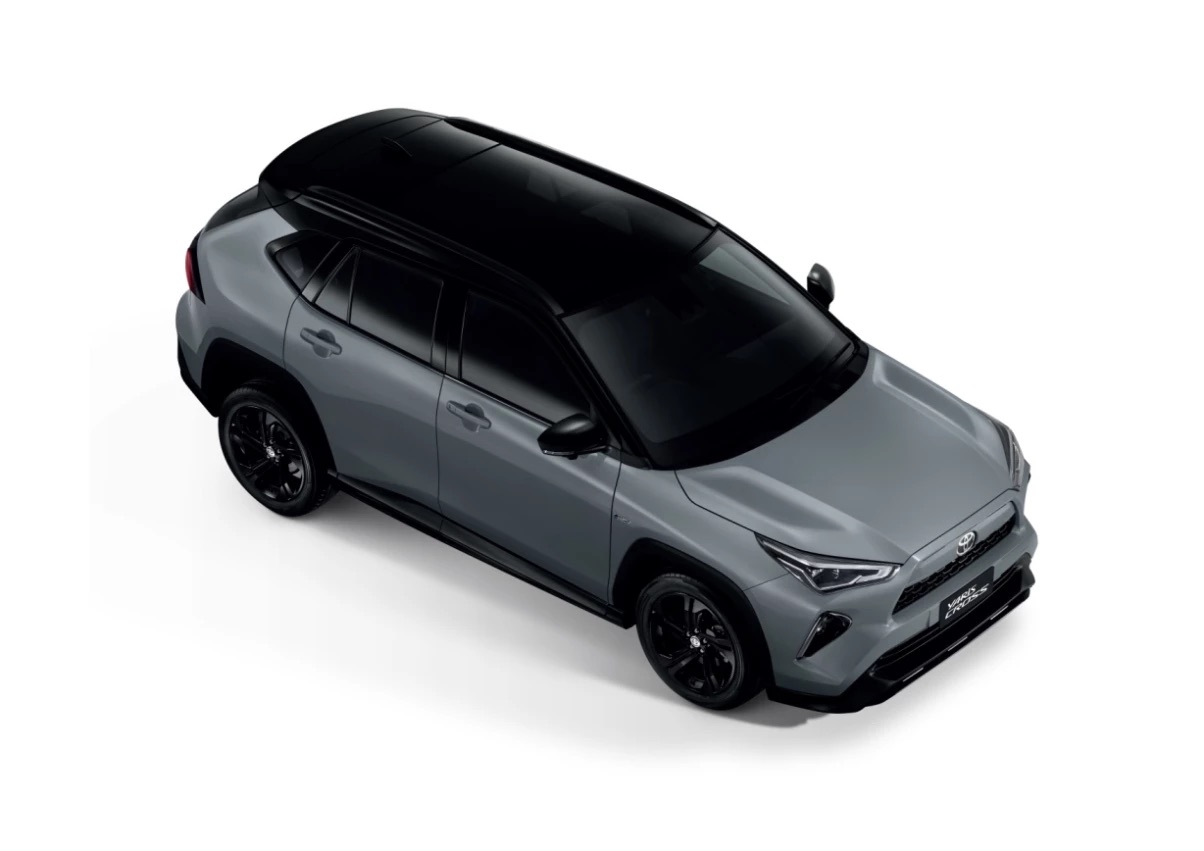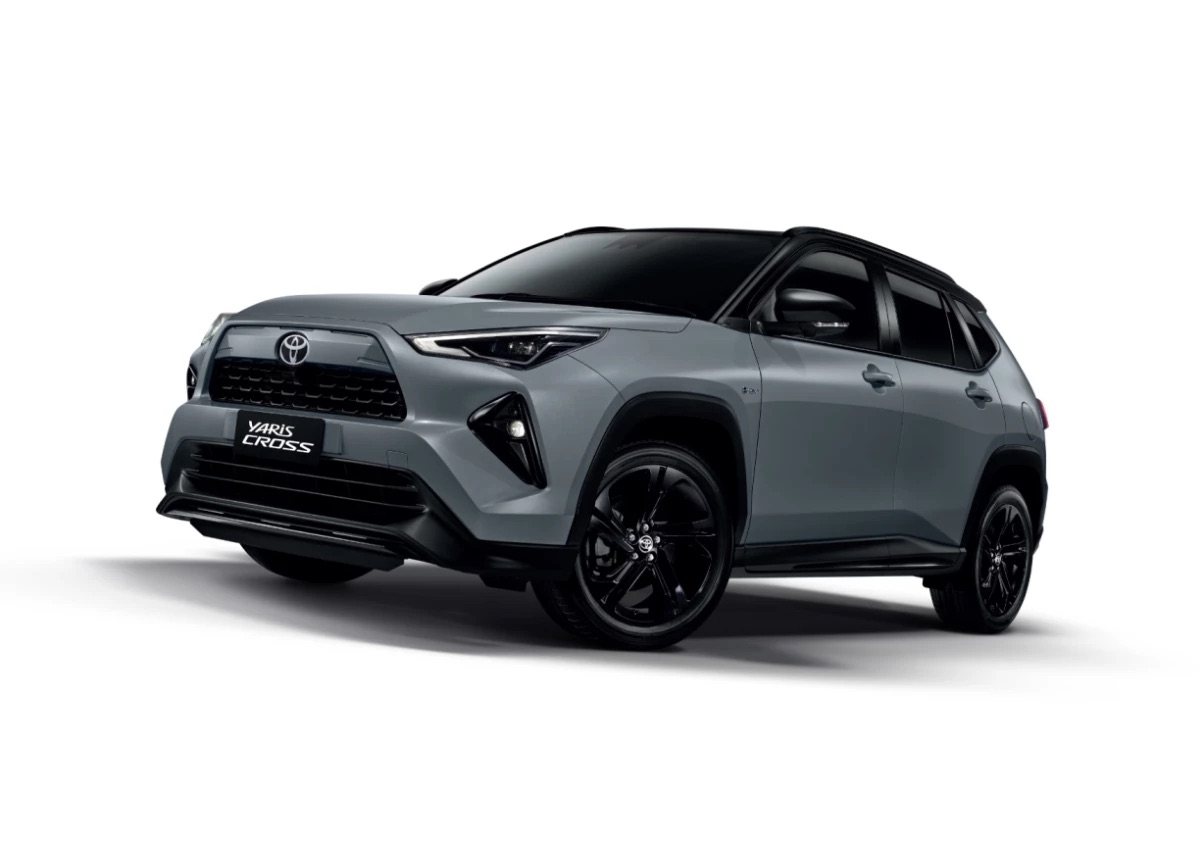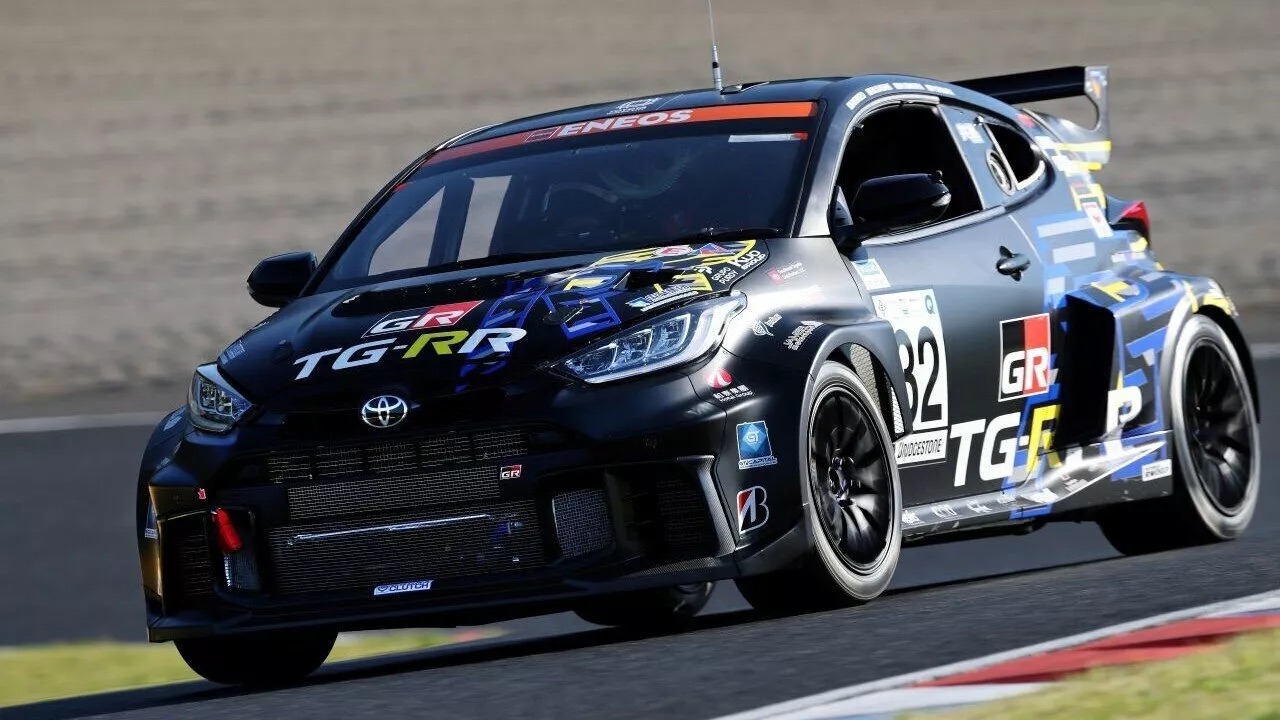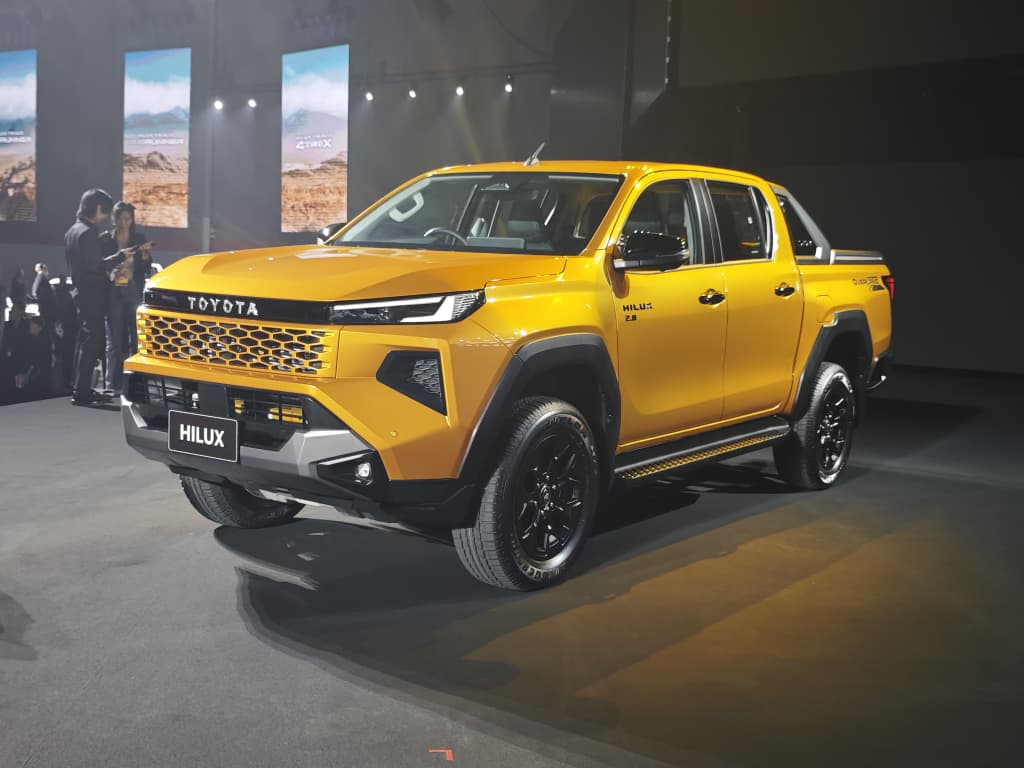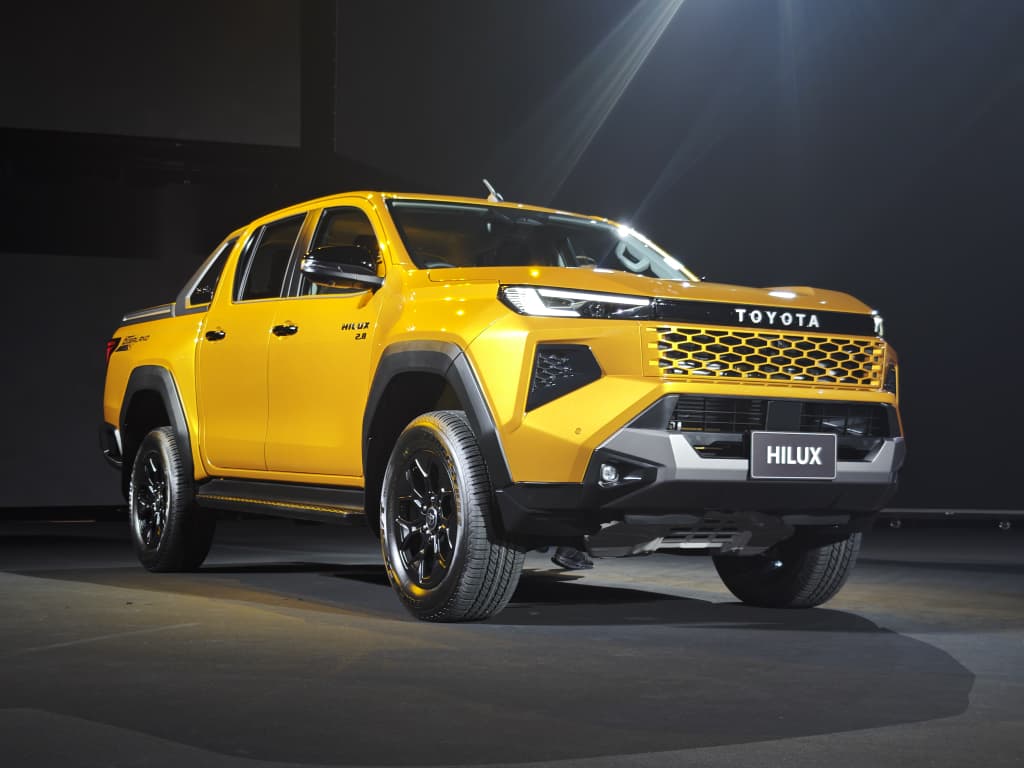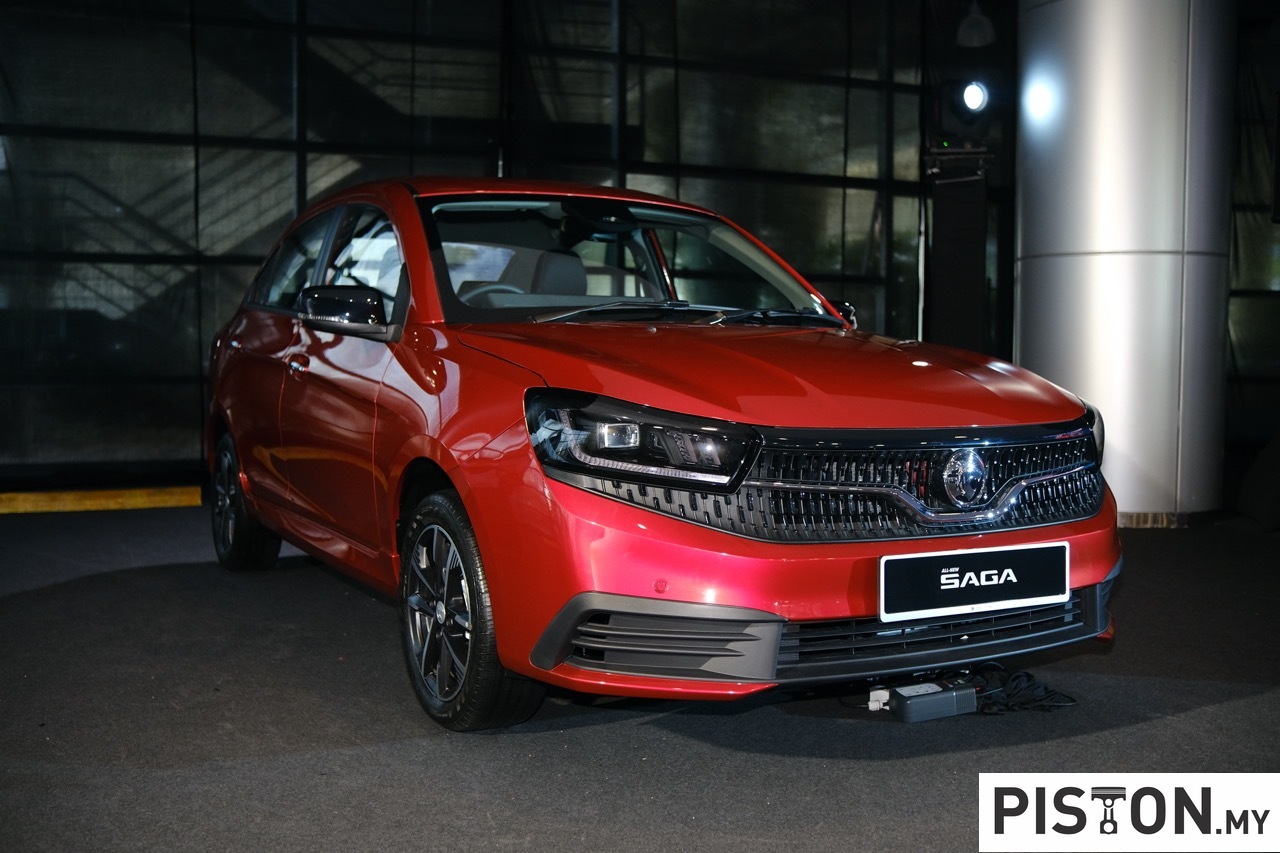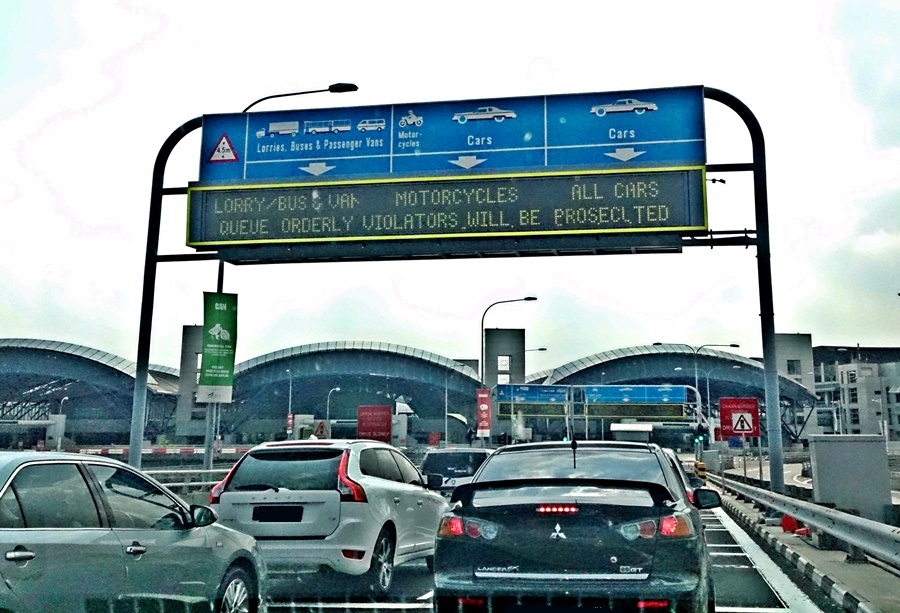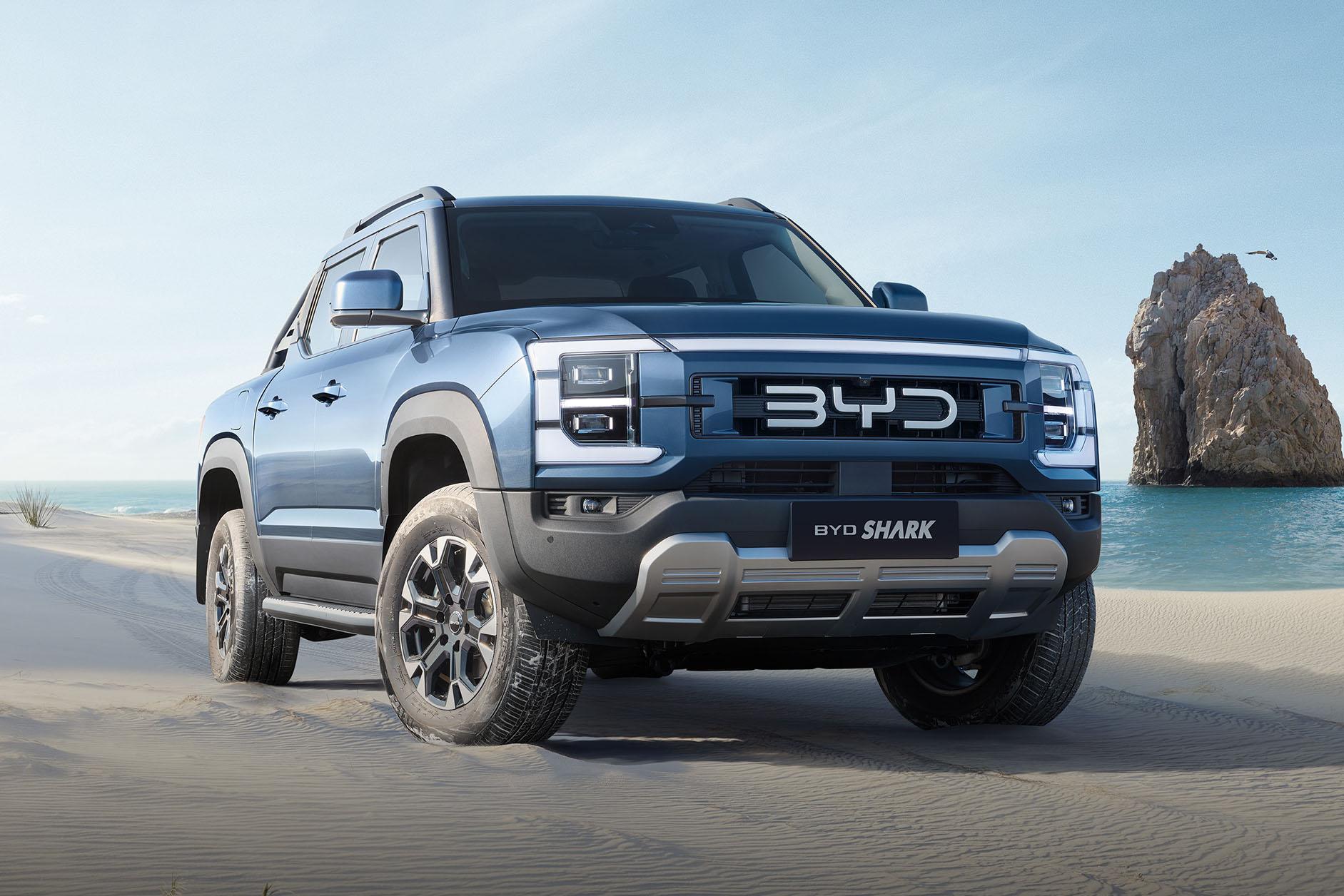UMW Toyota Motor (UMWT) has closed September 2025 on a strong note, reporting total sales of 8,172 units for the month, which pushes its year-to-date tally to 70,418 units. The solid performance reaffirms Toyota’s position as Malaysia’s leading non-national car brand, driven by its reputation for reliability, innovation, and accessible electrified mobility.
The company’s consistent growth continues to align with its “Mobility for All” philosophy, a vision that focuses on providing practical, high-quality vehicles to suit the needs of all Malaysians. Toyota’s wide model range, coupled with dependable after-sales service and its commitment to continuous improvement, has helped the brand remain a trusted choice among local drivers.
Toyota’s hybrid range has become increasingly popular among Malaysians who are looking for practical electrification solutions without the need for charging infrastructure. These self-charging hybrids not only deliver fuel savings and lower emissions but also maintain the familiar driving experience of a petrol vehicle. With more than twenty years of hybrid expertise, Toyota continues to lead the segment in Malaysia with models such as the Corolla Cross Hybrid, which remains a strong performer in its class.



